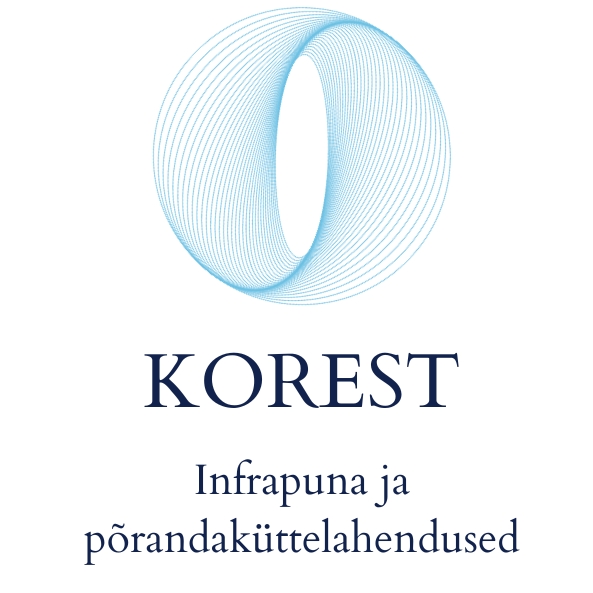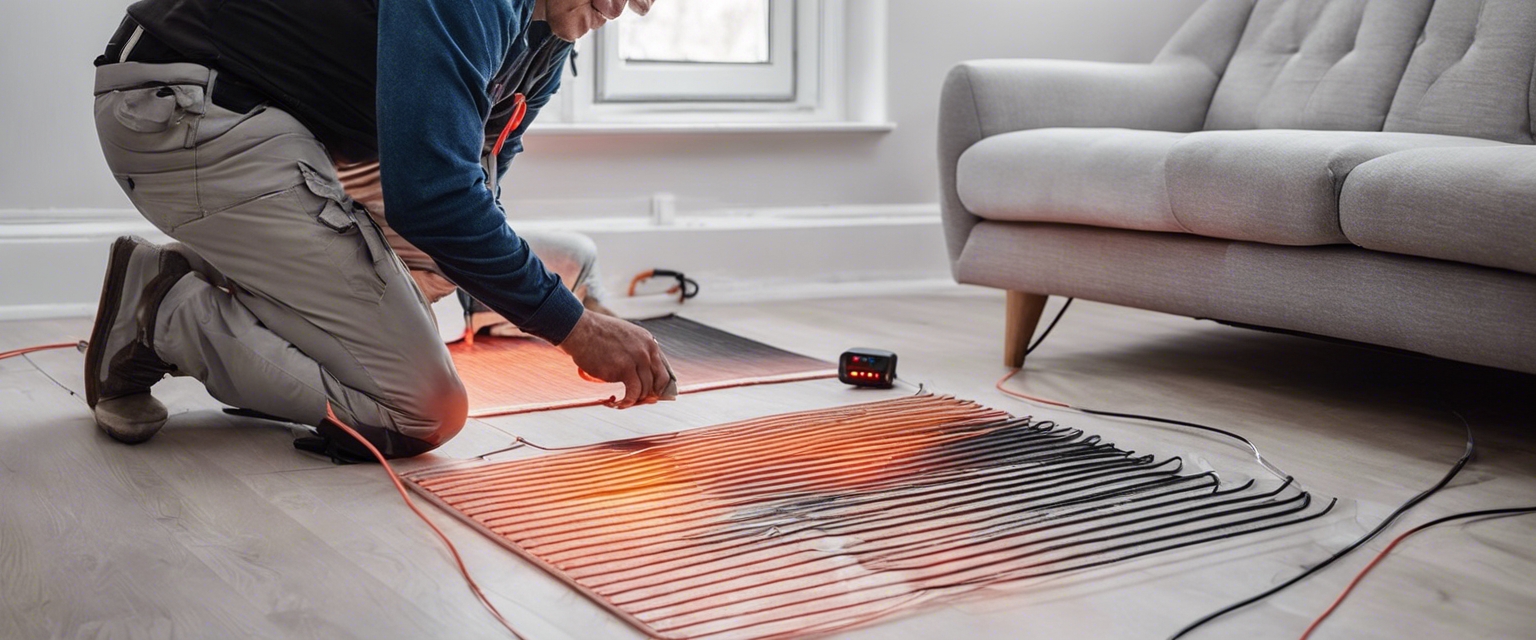How to save on energy bills with advanced insulation
Insulation is a critical component in any building's design, directly impacting energy consumption and costs. Proper insulation reduces the need for heating and cooling by minimizing the rate of heat transfer, making it a key player in energy conservation efforts.
Heat moves in three ways: conduction, convection, and radiation. Insulation works by slowing down conductive heat flow and, to a lesser extent, convective heat flow. Advanced insulation materials are designed to address all three forms of heat transfer, providing superior energy-saving benefits.
Types of Advanced Insulation Materials
Reflective insulation uses materials like aluminum foils to reflect radiant heat, making it particularly effective in hot climates. It's often used in attics and roofs to prevent heat gain from the sun.
Foam insulation, including spray foam and rigid foam boards, offers high R-values and excellent air sealing properties. It's versatile and can be applied to various parts of a building, including walls, floors, and foundations.
SIPs are prefabricated panels that combine insulation with structural elements. They provide exceptional thermal performance and are quick to install, making them a popular choice for new construction.
Aerogel is a highly efficient, lightweight insulation material with a porous structure that virtually eliminates heat transfer through conduction. It's often used in specialized applications where space and weight are critical factors.
Benefits of Advanced Insulation
Advanced insulation materials can significantly reduce energy bills by improving a building's thermal envelope. This leads to less energy required for heating and cooling, resulting in direct cost savings for homeowners and businesses.
By maintaining a consistent indoor temperature and reducing drafts, advanced insulation contributes to a more comfortable living and working environment. It also helps to improve indoor air quality by reducing the infiltration of outdoor pollutants.
Using less energy not only saves money but also reduces the carbon footprint of a building. Advanced insulation materials are often made from sustainable or recycled materials, further enhancing their environmental benefits.
Installation Considerations for Advanced Insulation
Before upgrading insulation, it's important to assess the current insulation levels and determine where improvements are needed. A professional energy audit can provide valuable insights into a building's thermal performance.
While some insulation types can be installed by a skilled DIYer, professional installation ensures optimal performance and safety. Experts can also advise on the best materials for specific applications and local climate conditions.
Advanced insulation can be complemented by smart home technology, such as programmable thermostats, to maximize energy savings. These systems allow for precise control over heating and cooling, further reducing energy consumption.
Financial Incentives and ROI
In Estonia, homeowners and businesses may be eligible for government grants and subsidies to offset the cost of insulation upgrades. These incentives can make advanced insulation more accessible and affordable.
The initial investment in advanced insulation can be recouped over time through reduced energy bills. The payback period varies depending on the type of insulation, but the long-term savings are substantial.
Maintenance and Upkeep of Insulation
Insulation should be inspected regularly to ensure it remains effective. Over time, some materials may settle or degrade, necessitating upgrades or additional insulation to maintain energy efficiency.
Proper insulation also plays a role in moisture control. It's important to address any moisture issues, as they can lead to mold growth and reduce the effectiveness of insulation.






Comments (0)